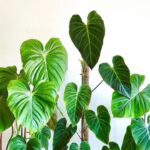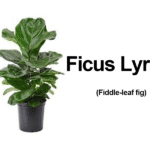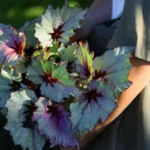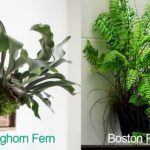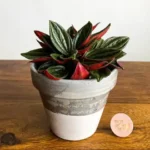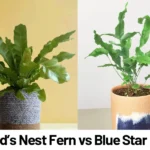Why Are Begonia Maculata and Angel Wing Begonia Often Confused?
Begonia Maculata and Angel Wing Begonia frequently appear on houseplant wishlists—and often on the same one. Both belong to the polka dot family of cane begonias, boasting similar upright canelike stems and striking foliage that’s made them Instagram favorites. For beginner plant lovers and indoor garden enthusiasts alike, their overlapping visual traits can make it hard to tell them apart. They each bring that tropical flair to containers, shelves, or decorative planters, yet suit slightly different needs.
To the untrained eye, both species have elongated wingshaped leaves with some variety of silver markings and ripple-like texture. However, when you look closer—at their botanic makeup, light preferences, care tolerance, and appearance—the comparison becomes not just informative, but crucial for anyone aiming to pick the right fit for their home or greenhouse space.
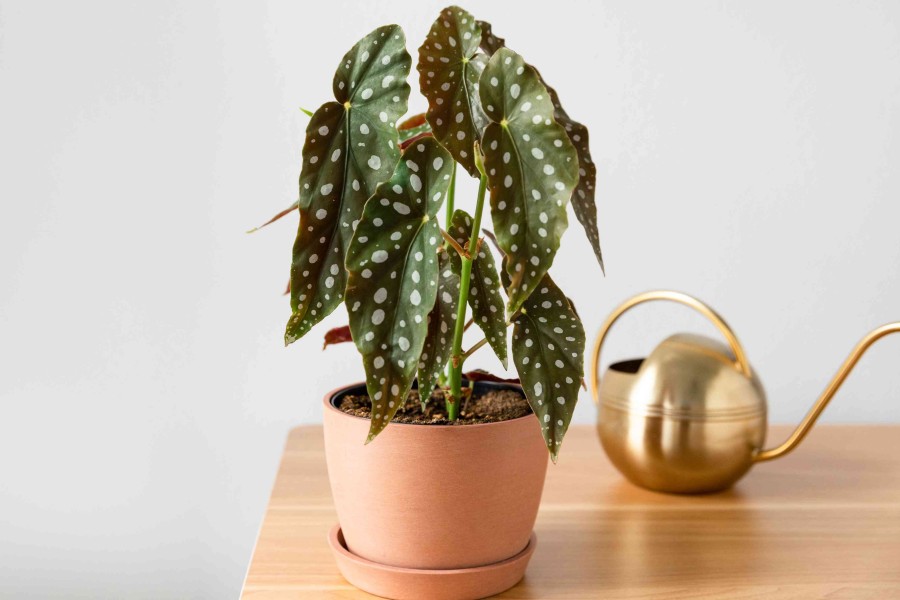
Quick Comparison Table: Begonia Maculata vs Angel Wing Begonia
| Feature | Begonia Maculata | Angel Wing Begonia |
|---|---|---|
| Botanical Name / Family | Begonia maculata / Begoniaceae | Begonia coccinea hybrids / Begoniaceae |
| Native Region | Brazil (Atlantic rainforest) | South America (especially Brazil & Argentina) |
| Leaf Shape & Size | Elongated ovals with pointed tips; 6–8 inches long; dotted with white polka dots | Wing-shaped, wider at base; 4–12 inches depending on cultivar; occasional spots |
| Growth Habit & Speed | Upright cane; medium-fast grower | Upright cane; fast grower, can become bushy |
| Stem Structure | Red vertical cane stems; less branching | Green or red canes; often produces multiple stems and side shoots |
| Light Requirements | Bright indirect light (8,000–16,000 lux) | Bright indirect to moderate light (5,000–10,000 lux) |
| Watering & Humidity | Keep evenly moist; prefers 50–70% humidity | Allow top inch to dry; adaptable to 40–60% humidity |
| Pet Safety | Toxic to pets (insoluble oxalates) | Toxic to pets (insoluble oxalates) |
| Typical Price / Availability | Moderate to high price; specialty stores | More affordable; widely available in nurseries |
Visual Identity: Dramatic Spots vs Winged Elegance
Perhaps the boldest visual difference lies in their leaves. Begonia Maculata, often called the “Polka Dot Begonia,” is instantly recognizable for its silvery-white spots scattered across a dark olive-green surface—an effect that gives it a painted or almost fairy-tale look. These elongated oval leaves have pointed tips and deep red to purple undersides, contributing to their high-impact display.
In contrast, Angel Wing Begonias (a group of hybrids in the Begonia coccinea line) feature wide, asymmetrical, wing-shaped leaves. While some varieties show faint spots or blush tones, others are a more uniform green or bronze. Angel Wings are often larger overall, making them less about pattern and more about scale and fullness. The leaves can grow up to 12 inches long, which means they can take up more vertical and horizontal space.
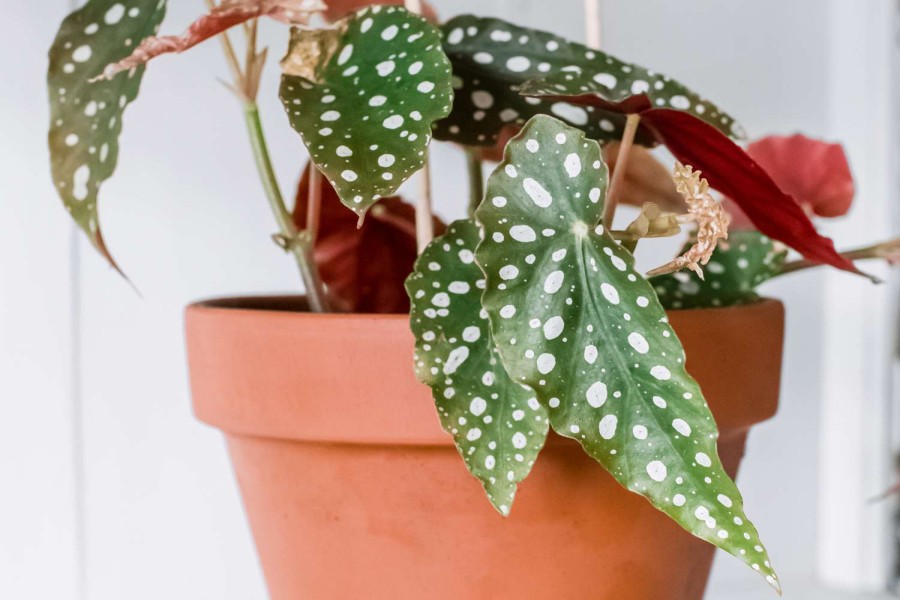
Suitability for Space: Maculata for Decor, Angel Wings for Volume
If you’re working with limited space—say, a small apartment corner or a shelf under a grow light—Begonia Maculata’s tidy, upright growth and modest spread can be a perfect artistic accent. Its visual drama doesn’t rely on size but on detail. On the other hand, Angel Wing Begonias tend to sprawl or bush if not pruned carefully. They can create a lush, tropical presence in larger containers, even growing over 24 inches tall and wide if allowed.
This makes the Angel Wing more suitable as a floor specimen in larger rooms or sunrooms, while the Maculata shines as a smaller stunner in mid-size pots. Keep in mind that both are cane-type begonias, so vertical support or pruning might be needed for elegant shaping over time.
Care Needs and Tolerance: Which is Easier?
Begonia Maculata is a bit fussier when it comes to humidity. Native to Brazil’s Atlantic rainforest, it thrives best in moist air—ideally around 60%—and can develop crispy leaf edges or mildew if exposed to dry homes or stagnant airflow. It’s also more picky about light: too much sun burns its leaves, while too little reduces its contrast and vibrancy.
Angel Wing Begonias, flexible and vigorous, tolerate a broader range of indoor climates. Many growers find them more forgiving if you forget to water once or accidentally expose them to dry air. Though they still do better with bright indirect light, they don’t suffer as quickly from minor lapses in care—making them a better choice for busy or new indoor gardeners.
Price and Availability
Thanks to their popularity and propagation difficulty, Begonia Maculata is often pricier. While becoming more common in specialty nurseries and online shops, a healthy specimen may range from $25 to $60 depending on size. Angel Wing Begonias are both easier to propagate and more widely sold, including at garden centers or even big-box retailers, typically priced from $10 to $30.
Which One Should You Choose?
For Beginners or Forgetful Waterers
Angel Wing Begonia wins here. It tolerates occasional neglect, slightly drier soil, and a wider humidity range. Its fast-growing tendencies also build early confidence for new gardeners.
For Small Spaces or Design-Oriented Decor
Begonia Maculata is the showstopper. With its polka dot pattern and sculptural leaves, it acts like a living piece of art, especially in minimal, modern interiors or boho-chic compositions.
For Low-Light Homes
Neither of these plants is well-suited for low-light conditions, but Angel Wing Begonia will cope better with medium light (around 5,000 lux). If you use grow lights, both can thrive more reliably indoors.
For Pet-Friendly Households
Unfortunately, neither Begonia Maculata nor Angel Wing Begonia is pet-safe. Both contain insoluble oxalates, which can cause irritation if ingested. If you live with cats or dogs, consider placing these out of reach or choosing a non-toxic plant, like a Calathea or Spider Plant.
For Those Seeking a Statement or Flowering Plant
Both species bloom under the right conditions, but Angel Wings are especially generous with their clusters of red, pink, or coral bell-shaped flowers. If flowering potential excites you, Angel Wing is the better bet.
Conclusion
While Begonia Maculata and Angel Wing Begonia share common lineage and structural similarities, their real-world differences make each better suited to distinct indoor plant goals. Choose Begonia Maculata if you want a compact, decorative plant with iconic style, and you’re ready to invest a little more attention. Opt for an Angel Wing Begonia if you want a lush, easygoing houseplant that brings both foliage and flowers, especially in larger or brighter spaces.
References
- Missouri Botanical Garden. (n.d.). Begonia maculata. Retrieved from https://www.missouribotanicalgarden.org
- University of Florida IFAS Extension. (2009). Begonias for Florida Gardens. Retrieved from https://edis.ifas.ufl.edu
- ASPCA. (2024). Begonia. Retrieved from https://www.aspca.org/pet-care/animal-poison-control/toxic-and-non-toxic-plants/begonia

